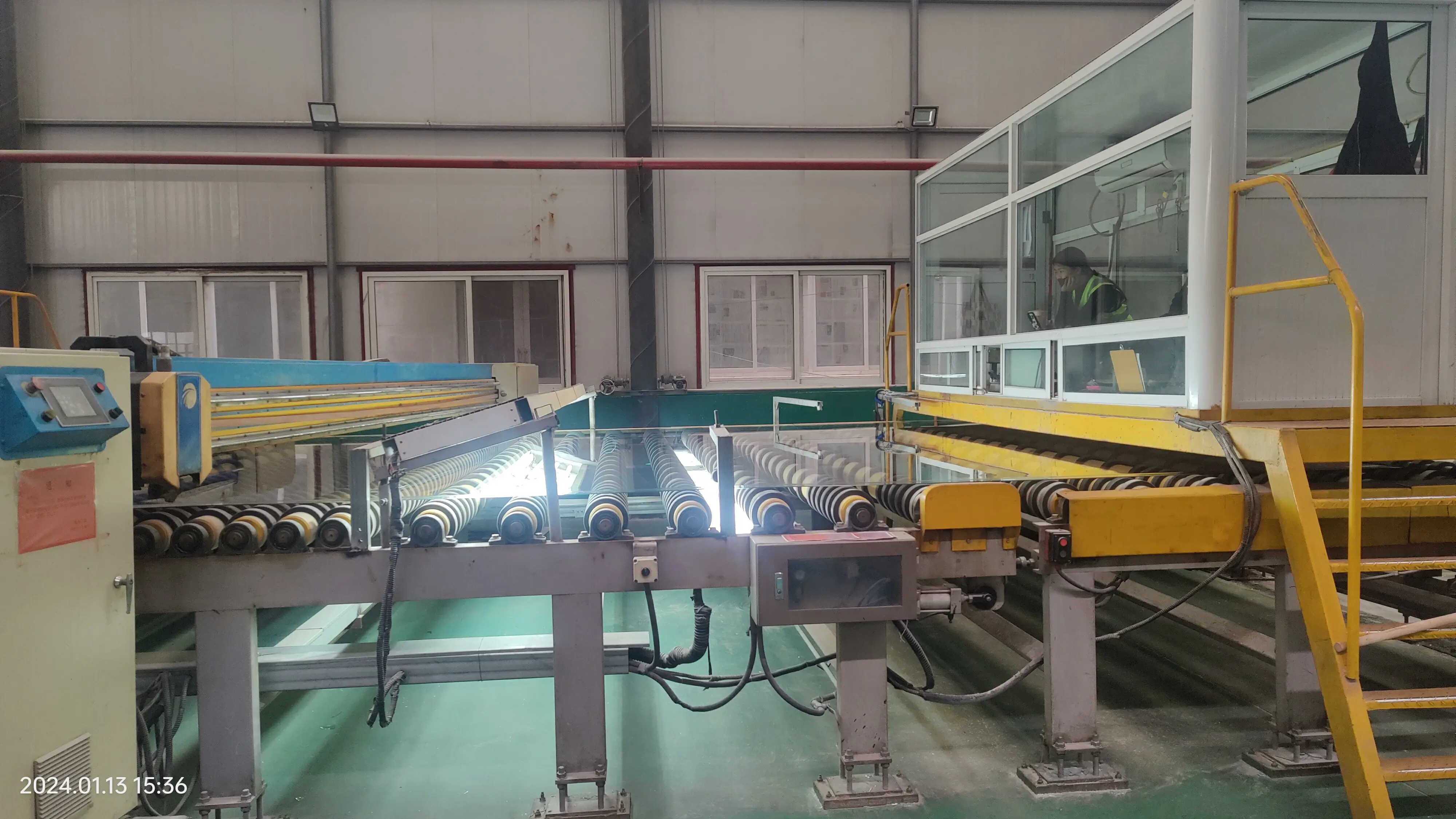

The Market Dynamics of 6mm Float Glass Prices
Float glass, a type of glass manufactured by the float process, is one of the most commonly used glass products in construction, automotive, and a variety of other industries. It is known for its clarity, uniform thickness, and smooth surface. Among the various thicknesses available, 6mm float glass has carved a niche for itself due to its ideal balance between sturdiness and lightweight characteristics. However, like many commodities, the price of 6mm float glass is influenced by numerous factors, with supply and demand dynamics at the forefront.
Global Supply and Demand Factors
The price of 6mm float glass is subject to fluctuations based on global supply and demand trends. An increase in construction activities, especially in emerging economies, leads to higher demand for float glass. Countries like India, China, and various African nations are witnessing rapid urbanization and infrastructural development, driving the need for quality building materials, including glass. As more buildings are erected, the demand for float glass escalates, pushing prices upwards.
Conversely, when economic downturns occur, the demand for new construction diminishes, leading to excess supply in the market and consequently, a decrease in prices. The COVID-19 pandemic exemplified this, as global construction projects were halted or delayed, resulting in a temporary dip in glass prices due to reduced purchasing activity.
Raw Material Costs
The manufacturing of float glass involves several raw materials, including silica sand, soda ash, and limestone. Price fluctuations in these raw materials significantly affect the overall cost of producing float glass. For instance, if the prices of raw materials increase due to shortages or increased demand, manufacturers may pass these costs onto consumers, causing an uptick in the price of 6mm float glass.
Additionally, energy costs play a crucial role in glass production. The float glass manufacturing process is energy-intensive, and a surge in energy prices can lead to a rise in production costs. As manufacturers face higher operational costs, they are likely to adjust their selling prices, impacting the market prices of 6mm float glass.

Technological Advancements and Competition
Technological advancements in glass production have played a significant role in enhancing efficiency and reducing costs. Manufacturers investing in advanced technologies are better positioned to mitigate costs, contributing to competitive pricing within the market. However, the proliferation of manufacturers in both developed and developing nations increases competition, which can sometimes drive prices down as companies vie for market share.
Furthermore, the emergence of sustainable practices within the glass industry is becoming a focal point. Companies that utilize recycled materials or environmentally friendly processes may have different cost structures, influencing the price landscape for 6mm float glass.
Geographic Variation
It is important to note that the prices of 6mm float glass are not uniform across regions. Logistic costs, local demand, and availability of raw materials all play substantial roles in contributing to price variations. For instance, developed regions with robust construction industries may see higher prices compared to regions with lower demand or where glass importation costs are high.
Conclusion
In conclusion, the price of 6mm float glass is shaped by a combination of global supply and demand dynamics, raw material costs, technological advancements, competition, and geographic variations. Stakeholders in the construction and manufacturing industries must stay abreast of these factors to navigate the complexities of the market effectively. As global economies continue to evolve, so too will the market for float glass, necessitating ongoing analysis and adaptation by both manufacturers and consumers alike. Understanding these dynamics can help businesses make informed decisions about purchasing and pricing strategies in the ever-changing landscape of the glass industry.